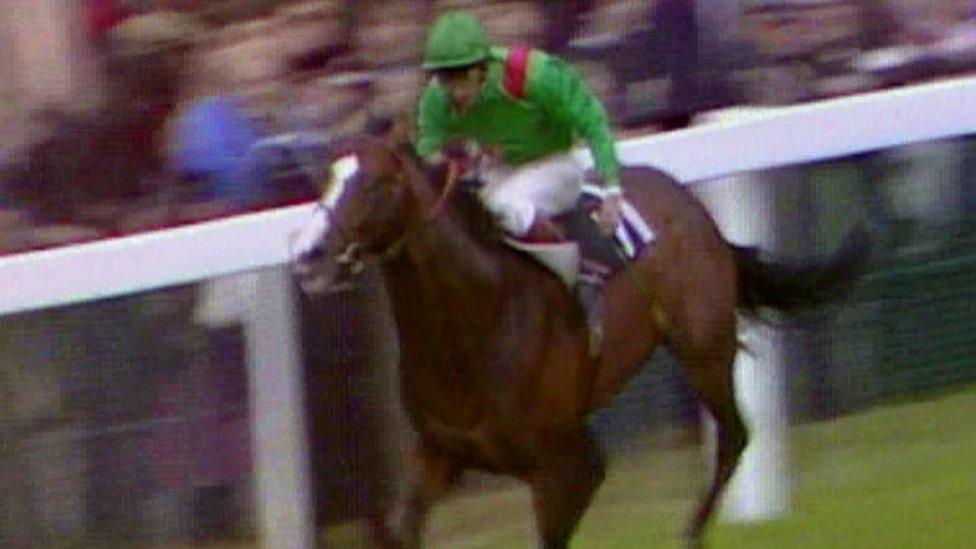The horses and carts racing on Ireland's motorways
- Published
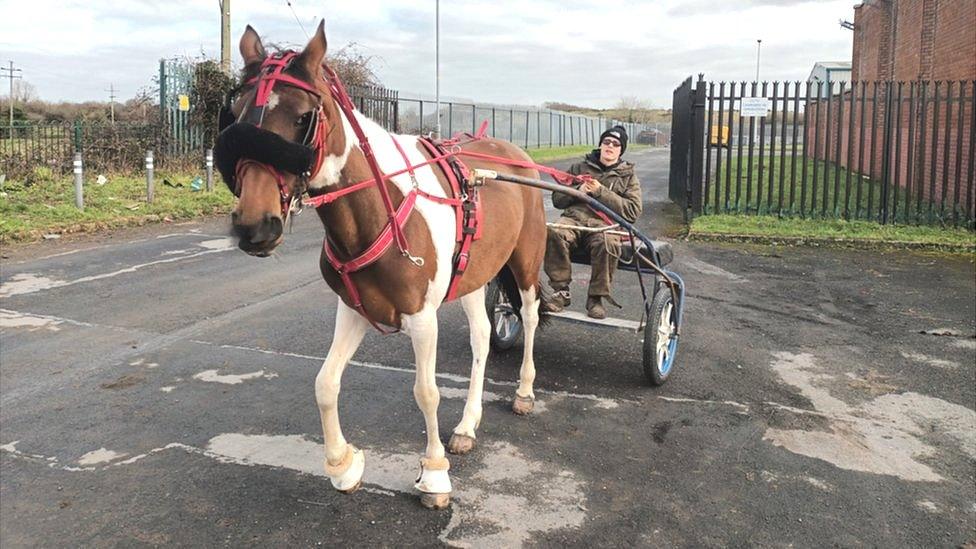
Luke Cantillon is a sulky racer living in Moyross in Limerick, Ireland
The housing estates on the outskirts of Limerick tend to be some of the most deprived in Ireland. One activity that is an immense source of pride for the young men and women living on estates like Moyross is so-called sulky racing.
A sulky is a small cart on two wheels attached to the back of the horse which will accommodate one or two people. When racing, they can reach speeds of up to 30mph (48km/h). The horses are kept on just about any patch of grass available, as well as lock-ups that would normally house a car.
Luke Cantillon, 23, grew up and lives on the Moyross estate. He races his brown-and-white horse, which he named after US rapper Cardi B.
"I had a child when I was 16. I left school and I just stuck with horses ever since," he says.
There is no recognised place for sulky racing in or around Limerick so, like many local young people, Luke races his horse on surrounding motorways and slip roads early in the morning when there's little or no traffic. It's a grey area of the law and sometimes the Irish police - or Garda - intervene.
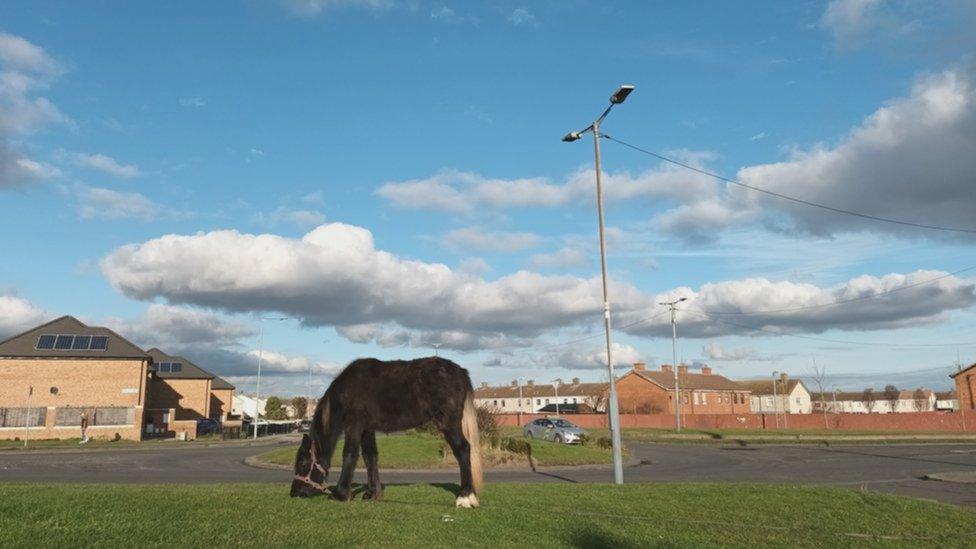
Horses are found on housing estates across the Republic of Ireland
"It's very hard to do it around here because every time we go out, we get pulled by the guards. Something's always against it."
As well as racing, Luke breeds horses in the hope of getting one that will go on to become a top sulky competitor.
"You can make a nice few pounds off a horse. It all depends on what kind of horse you have, what kind of stamina it has, what ways it's bred. It goes back to his bloodlines."
But horses on the estate face the possibility of being taken to the pound - a secure facility in the nearby city of Cork where they can be assessed if the council feels they are at risk or being ill-treated.
Alternatively, they can be taken to a sanctuary outside the city run by Limerick Animal Welfare.
Marion Fitzgibbon, the charity's chair, accepts that some horses on the estates are kept in good condition, but she has no time for sulky racing.
She says the horses which are bred and discarded are little valued: "They sell them for €15/€20 (£13/£17) . They've no value at all. Sometimes, they just give them to the kids."
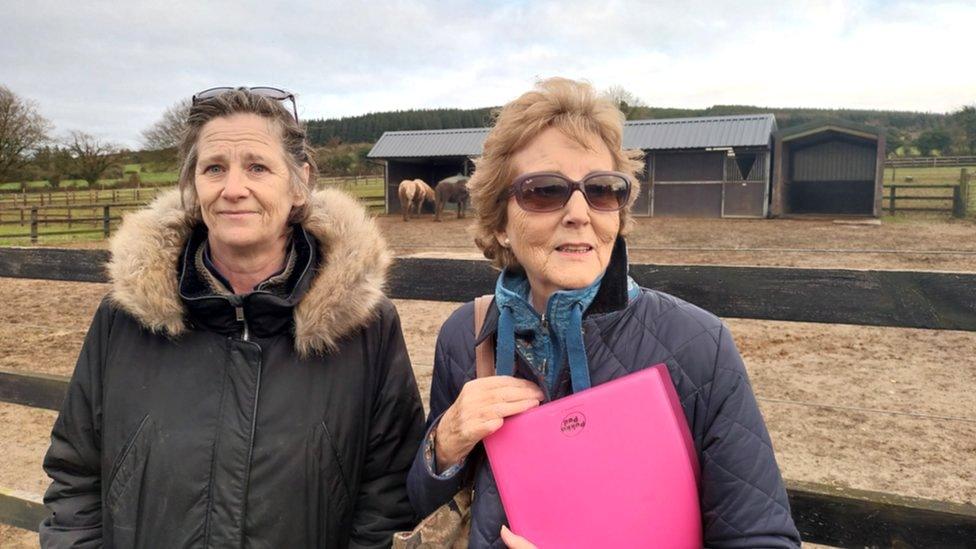
Marion Fitzgibbon (R), chair of Limerick Animal Welfare, and Anna Gallagher (L), a volunteer for the charity which rehomes horses
Even if they are not being raced, she has come across bad injuries involving sulkies in Limerick. One horse called Angel was taken to the sanctuary after an accident in the city centre while pulling a cart.
"They were riding her up Williams Street. And she fell down and her eye was all injured. So she had to have her eye removed," she says.
Nobody knows quite how far back sulky racing goes in Ireland, but it's probably at least 200 years old. In the US, New Zealand and other parts of the world sulky racing is much more organised and competitors use special tracks.
On Luke Cantillon's estate in Moyross, there is only one major employer and many of its staff own horses.
Rayme O'Halloran, who runs an engineering company, wants a sulky track to be set up by the council: "You could have people from all over the country coming here. It would be a tourist attraction. It's not going to cost a fortune."
Without one, he suggests, it is hard to keep young people on the straight and narrow. "You're living in an area where there's massive unemployment. It's a blackspot. What else can we give the kids that they can enjoy?"
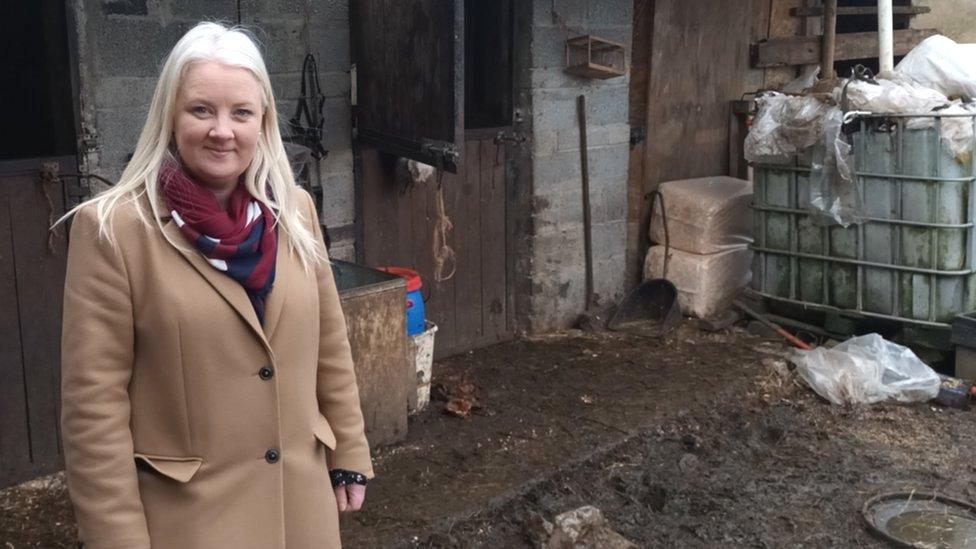
Limerick councillor Sarah Kiely says horse welfare has to come first
Councillor Sarah Kiely believes this hope of a sulky track is unlikely to be fulfilled. Born in Moyross, she understands its challenges better than most and feels any funding would have to come from the government in Dublin.
"We could do with stables, we could do with equine programmes to make sure that horse welfare comes first, that the people who own these horses have the right skills," she says.
For Luke Cantillon, keeping his horse Cardi B from being taken away by the council requires constant vigilance.
"If I didn't have a horse, I probably wouldn't be here today. I would probably be in a jail. I'd do stupid things that are not meant to be done."
Related topics
- Published8 March 2023
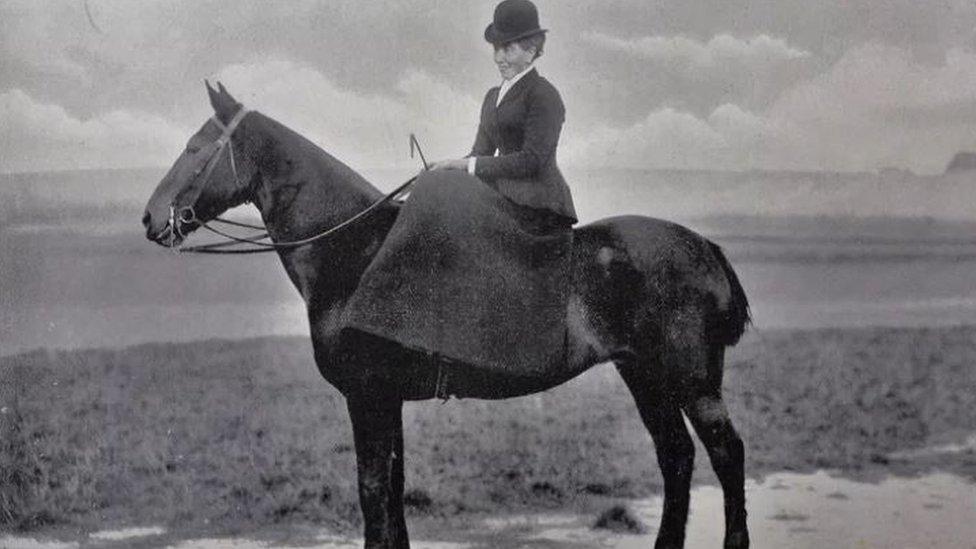
- Published5 October 2022
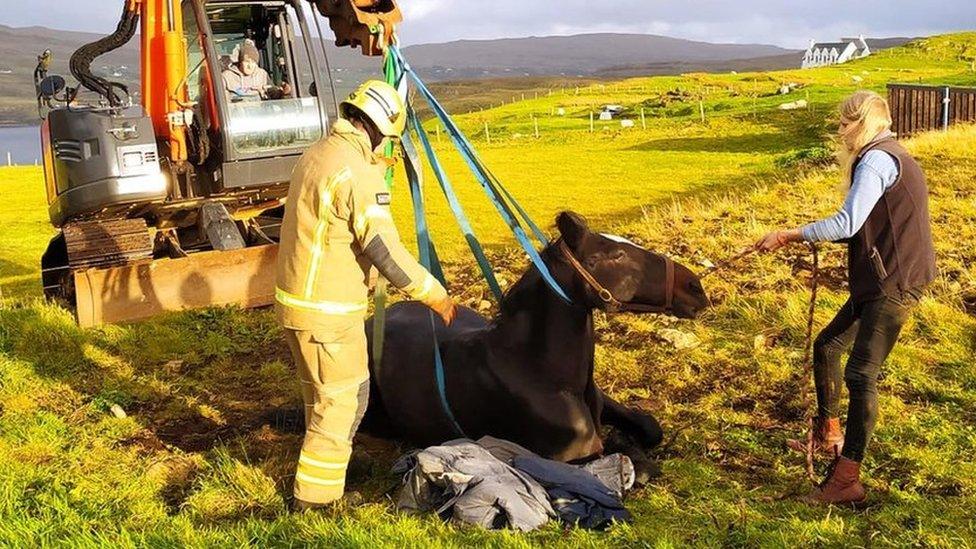
- Published7 June 2018
